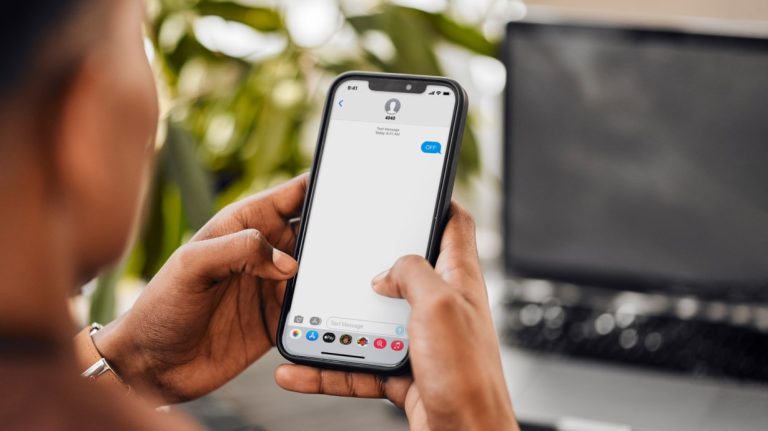In the early 2000s, a social networking platform named MySpace revolutionized how people connected online. MySpace, with its customizable profiles, music players, and extensive friend networks, became a cultural phenomenon, particularly among teenagers and young adults.
The MySpace Zip Code Feature
Central to the MySpace experience was the “MySpace Zip Code” feature. This function allowed users to search for and connect with other MySpace members based on their geographical location. This seemingly simple feature had profound implications for the platform’s user experience and its broader cultural impact.
I. The MySpace Zip Code and the Geography of Online Communities
A. Local Connections in a Global Network
- The MySpace Zip Code feature fostered a sense of community within the vast expanse of the internet. It allowed users to discover and interact with people from their local area, blurring the lines between online and offline social interactions.
- Teenagers in particular used the MySpace Zip Code to find friends from their school or neighborhood, extending their social circles beyond the physical boundaries of their communities.
B. Regional Identity and Subcultures
- The MySpace Zip Code also played a role in shaping regional identities and subcultures. Music scenes, fashion trends, and even slang terms often spread through MySpace networks defined by zip codes.
- This created a sense of belonging and shared identity among users from the same region, even as they participated in a global online community.
C. Challenges and Limitations of the MySpace Zip Code
- Despite its popularity, the MySpace Zip Code feature was not without its challenges. Privacy concerns arose as users’ locations became publicly accessible.
- Additionally, the accuracy of the feature was sometimes questioned, as users could manually enter any zip code they chose, regardless of their actual location.
II. The Cultural Impact of the MySpace Zip Code
A. MySpace and the Music Industry
- The MySpace Zip Code had a significant impact on the music industry. Aspiring musicians and bands could use the platform to connect with fans in their local area and build a following.
- Many successful artists, such as Arctic Monkeys and Lily Allen, credit MySpace with launching their careers.
B. MySpace and Social Activism
- The MySpace Zip Code also facilitated social activism and political engagement. Users could organize events, share information, and mobilize support for causes within their local communities.
- The platform played a role in various social movements, from environmental campaigns to anti-war protests.
C. MySpace and Online Dating
- While not its primary purpose, the MySpace Zip Code feature also contributed to the rise of online dating. Users could search for potential romantic partners based on proximity, adding a new dimension to online relationships.
- MySpace paved the way for dedicated dating platforms like Tinder and Bumble, which rely heavily on location-based matching.
III. The Decline of MySpace and the Legacy of the Zip Code
A. The Rise of Facebook and the End of an Era
- In the late 2000s, Facebook emerged as a dominant force in social networking. With its cleaner interface, focus on real-name identities, and broader appeal, Facebook quickly surpassed MySpace in popularity.
- MySpace struggled to keep up with the competition and eventually faded from the mainstream.
B. The Enduring Legacy of the MySpace Zip Code
- Despite MySpace’s decline, the legacy of the MySpace Zip Code lives on. The concept of connecting with people based on location has become a staple of social media and online communities.
- From location-based check-ins to hyperlocal social networks, the MySpace Zip Code pioneered a way of thinking about online communities that continues to shape the digital landscape.
IV. The MySpace Zip Code in the Age of Big Data
A. Privacy Concerns in the Digital Age
- The MySpace Zip Code feature raises important questions about privacy in the digital age. As technology advances and data collection becomes more sophisticated, concerns about how our location information is used and shared are increasingly relevant.
- It is crucial to strike a balance between the benefits of location-based services and the need to protect individual privacy.
B. The Future of Location-Based Social Networking
- The future of location-based social networking is full of possibilities. As augmented reality and virtual reality technologies evolve, we can expect to see new and innovative ways to connect with people based on location.
- From virtual meetups in shared spaces to location-based gaming experiences, the MySpace Zip Code may have paved the way for a future where online and offline worlds seamlessly blend.
Conclusion: The MySpace Zip Code as a Digital Time Capsule
- The MySpace Zip Code serves as a digital time capsule, capturing a moment in internet history when online communities were still in their formative stages.
- It reminds us of the power of technology to connect people across geographical boundaries and foster a sense of belonging in a globalized world.
- As we continue to navigate the complexities of the digital landscape, it is essential to remember the lessons of the past and strive to build online communities that are inclusive, safe, and empowering.
- The MySpace Zip Code may be a relic of the past, but its legacy continues to shape the way we connect and interact online.
Remember: The “MySpace Zip Code” was more than just a search function; it was a cultural phenomenon that shaped a generation’s online experience. Its legacy reminds us of the power of technology to connect people and build communities, even in the vast expanse of the internet.
Read More: Most Famous Zip Codes






